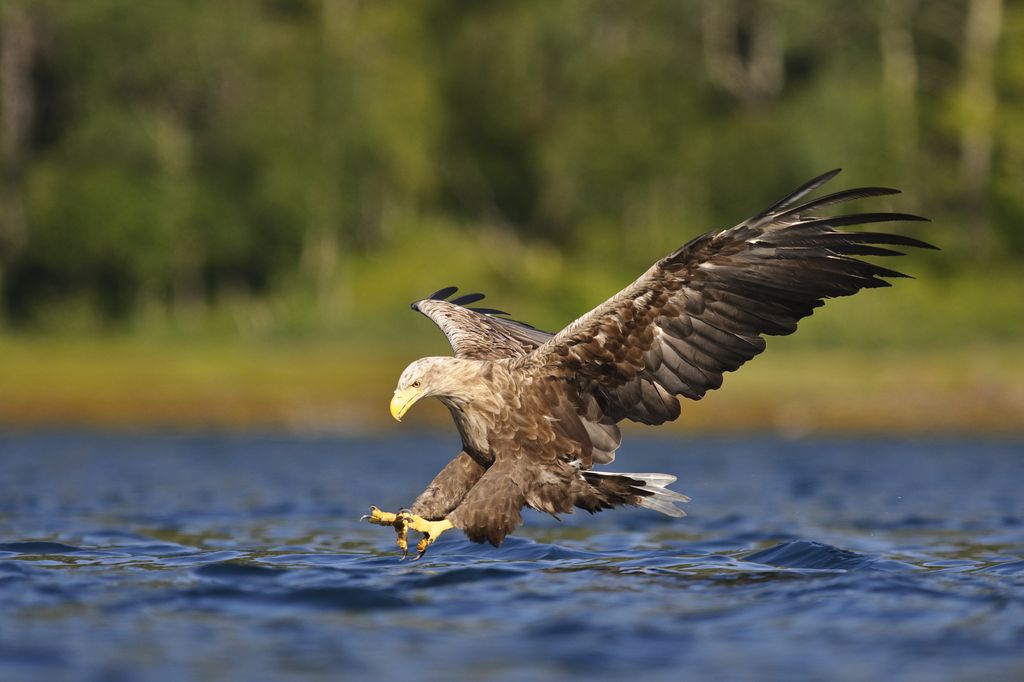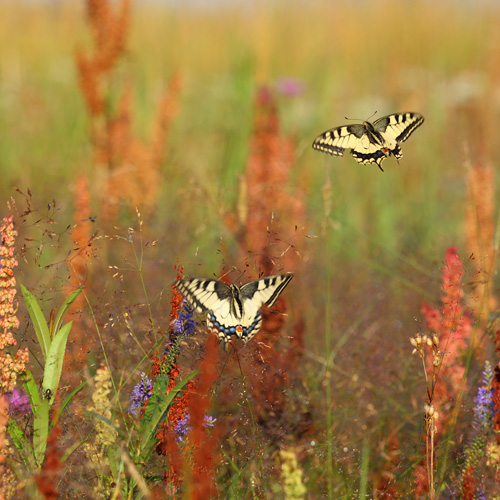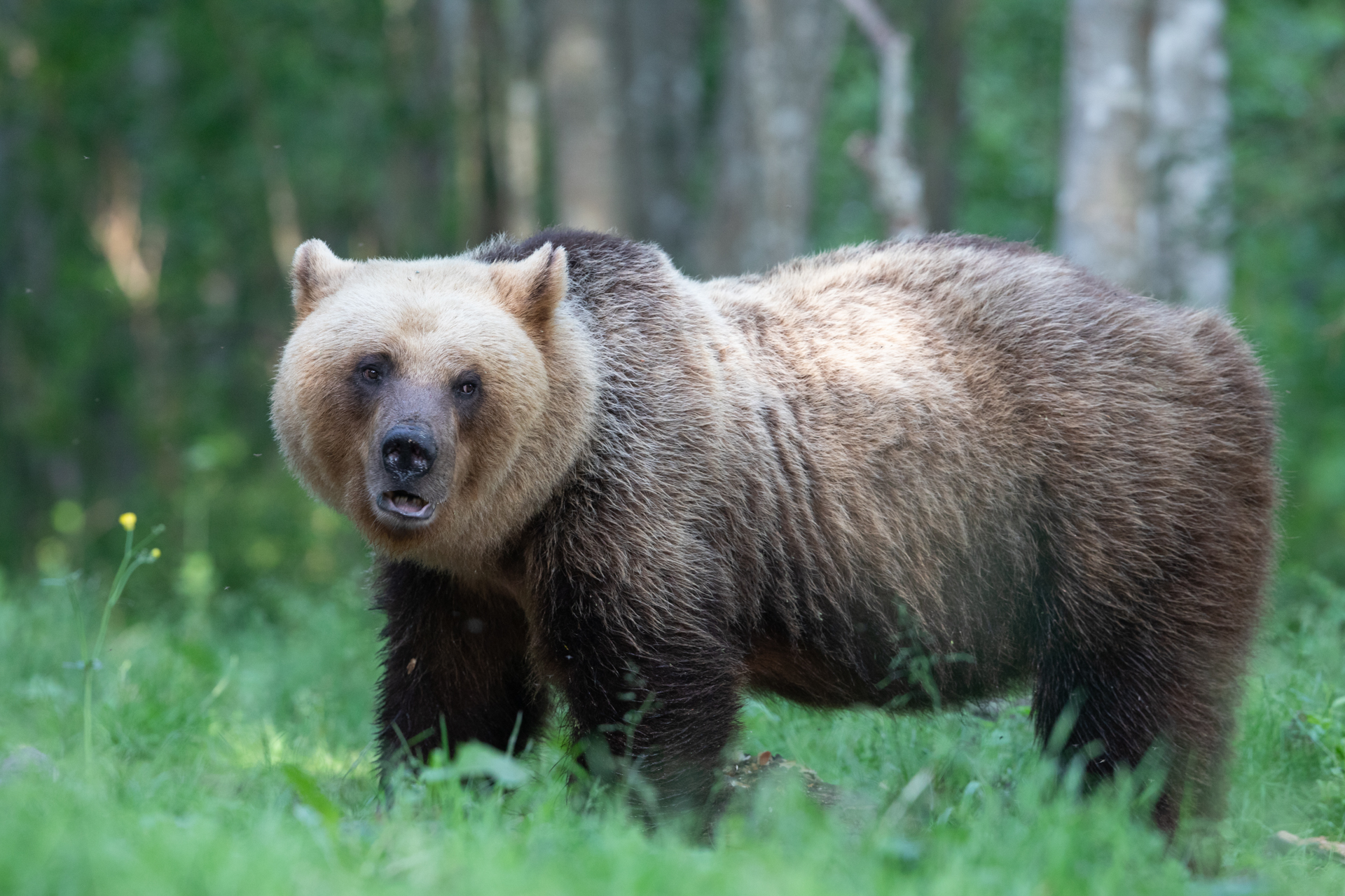In Estonia, there are seven species of day-flying butterflies under protection pursuant to Natura 2000, the EU Habitats Directive: Clouded Apollo (Parnassius mnemosyne), Large Copper (Lycaena dispar), Scarce Fritillary (Euphydryas maturna), Marsh Fritillary (Euphydryas aurinia), Woodland Brown (Lopinga achine), Scarce Heath (Coenonympha hero), and Large Blue (Maculinea ariona). But are they endangered butterflies?
The first six (Clouded Apollo, Large Copper, Scarce Fritillary, Marsh Fritillary, Woodland Brown, Scarce Heath) are directly connected to meadows and wooded meadows, i.e. semi-natural communities.
The larvae of the Clouded Apollo only feed on Spring Fumewort (Corydalis solida), which mainly grows in alder groves on riversides. Therefore, the populations of the Clouded Apollo have high concentrations in meadows by rivers, where the species can feed and mate, and where Spring Fumeworts grow in alder groves on strips of the riverbank. As the capacity of land improvement works decreased in the 1990s, alder groves have grown on the banks of many Estonian rivers; this has also probably fostered the spread of Spring Fumeworts. Owing to that tendency, the number of the Clouded Apollo has increased and the range of the species widened in the recent years, which is a very rare phenomenon in the entire Europe. Despite the aforementioned, it is vital to maintain the habitats of the Clouded Apollo today since meadows are no longer cultivated and overgrow quickly.
Another important species under protection is the Large Copper (Lycaena dispar), whose larva feeds on a type of sorrel (Rumex hydrolaphatum)—a plant that grows in boggy meadows—and thus, the Large Copper is connected to floodplain meadows situated on riversides. Similarly to the Clouded Apollo, the population and range of the Large Copper have significantly increased since 1947, the year of its first discovery in Estonia. The Scarce Fritillary (Euphydryas maturna) prefers a varied landscape resembling wooded meadows, including several species of bushes and especially deciduous trees. Wooded meadows are hence its particularly important habitat.
Actually, one cannot say that these species are particularly endangered butterflies at the moment, except for the Large Blue (Maculinea arion) which grows ever less in numbers. The butterflies are under protection but still in a relatively good state. One is rather concerned about what shall happen tomorrow or whether the old ways shall continue into the future, irrespective of what will ensue.
Therefore, one cannot say that these butterflies are endangered but they may become such if we are to behave in a wrong manner.
The diversity and abundance of day-flying butterflies mainly depends on the communities surrounding their habitat, i.e., first and foremost the proportion of woods and meadows in the surrounding areas.
Estonia is in a unique position since most of the butterflies endangered in Europe have rather widened their range and increased in number here in the last couple of decades. The exact reasons for this are unknown, while it is argued that a general decrease in the intensity of agricultural production is a probable factor; climate change also being a plausible cause. In the last few decades, the Estonian climate has become warmer, especially in the winter months when the average temperature has risen by 5° C. Nevertheless, the interdependency of butterfly population sizes and climate has not been studied thoroughly. The habitats of these species definitely need more attention since despite the current good conditions, the species are highly sensitive and easily affected by the eradication of their living environment. It is highly important to ensure the extensive maintenance of the habitats of endangered butterflies.







